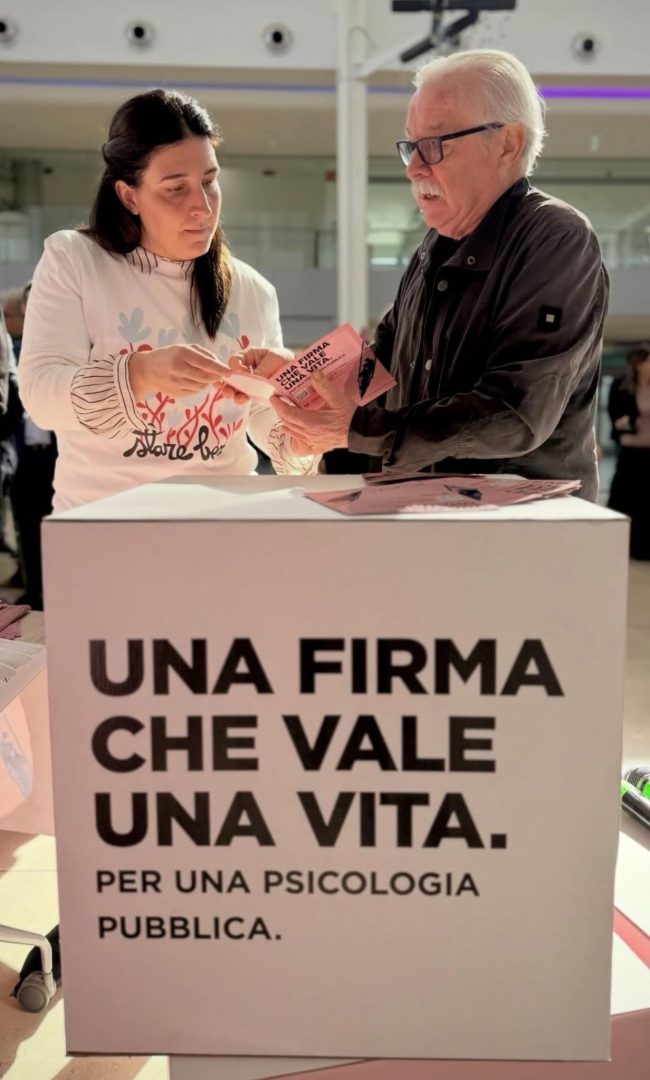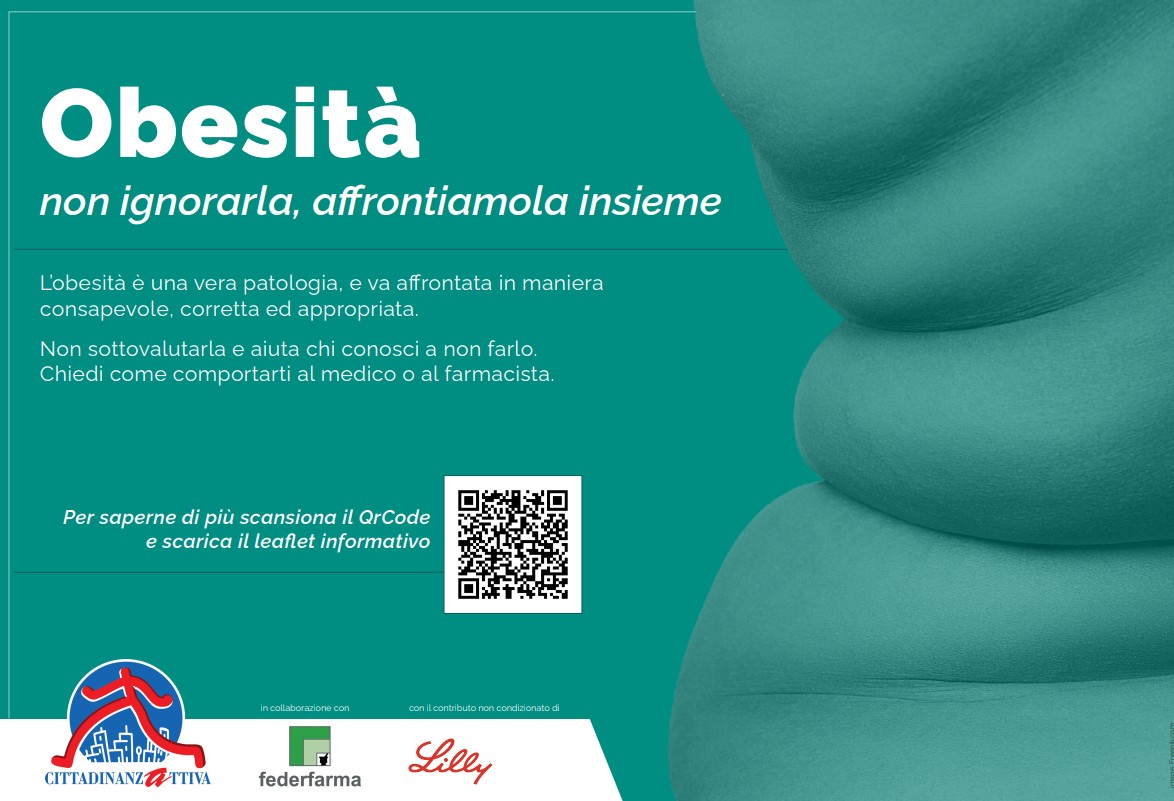ROMA (ITALPRESS) – Christmas holidays mark for many Italians the return on the slopes and in the mountain resorts: according to the data ISTAT 2025, there are more than 2.4 million people who practice winter sports every year. A very beloved activity, but that requires attention to muscle and joint health to avoid unfortunately known and widespread discomfort. This also confirms the data: more than 53% of Italians, in fact, declares to have suffered in the last year of muscle or joint pains, as evidenced by a recent study carried out by Censis “The self-medication at the time of Artificial Intelligence and fake news”. How is it possible, therefore, to combine the pleasure of snow activities with safety and muscle health? To give useful indications is Professor Michelangelo Giampietro, professor at contract at the specialization school “Medicine of sport and exercise” University “Sapienza” Rome, intervened at the press event promoted by Assosalute – National Association of self-medication drugs, part of Federchimica – entitled “Vacanze Natalizie e sport d’inverno: how to behave? The advice of the expert on joint and muscle health”. Among the protagonists of the holidays and weekends on the snow are the so-called “weekend warriors”, as defined by Professor Giampietro, that is people who, for reasons of work or family commitments, focus all physical activity on Saturday and Sunday or during the holidays. “From the point of view of experts – Professor Giampietro points out – is a way that, if practiced with common sense, can still bring benefits: better little movement than nothing, even if concentrated in a few days. However, this habit exposes to specific risks, especially if preparation and gradualness are underestimated.” Precisely this tendency to concentrate effort in short periods often leads the “weekend warriors” to commit typical errors: skip heating, exaggerate with intensity or ignore the fatigue signals of the body, thus increasing the likelihood of trauma, distortions, contractures and acute muscle pain. “The most common errors are the lack of preparation, the technical gestures performed incorrectly, the desire to ‘recuperarè in a short time what has not been done in the rest of the year and the undervaluation of the fragility of the tendons, especially with the advancing of the age,” adds Giampietro. What is the solution then? The ideal remains to distribute physical activity during the week, even with short but regular sessions. However, even those who can train only on weekends must remember the importance of listening to their body, choosing pleasant and sustainable activities and not pretending too much to themselves in a short time. “The muscle-tendine-articular health is built every day, not only during the holidays,” says the expert. Not only alpine skiing: today the winter disciplines also include cross-country skiing, snowboarding, ice skating, snowshoeing and trekking. “Aerobic activities such as cross-country skiing or trekking offer cardiovascular benefits and are less traumatic from a muscular point of view, while anaerobic activities such as alpine skiing or snowboarding provide intense efforts and brusque movements, increasing the risk of acute trauma,” explains Giampietro. These differences are also reflected in the parts of the body most exposed to injuries and pain: knees, shoulders and, in the most serious cases, the bone structures of the lower limbs especially for those who love to descend on the slopes. “The most at risk age groups are young people, by excess of momentum and undervaluation of dangers, and over 60, who often engage in technical gestures no longer adequate to their physical condition, with a greater predisposition to fractures and tendon injuries,” adds the professor. When talking about accident prevention on the slopes, it is important to consider two fundamental aspects: physical preparation and proper nutrition. Physical preparation begins well before skiing. “Heating and stretching are fundamental, as well as a progressive preparation already in the weeks before the holiday”, Giampietro recommends. Food also plays a key role in prevention. “Dehydration and sugar deficiency increase the risk of muscle-tendine cramps and injuries. Before and during physical activity, free way to simple sugars, dried fruit, water and slightly sugared drinks. We do not forget protein, calcium and vitamin D for muscle-articular health.” We must not even underestimate fatigue. Listening to your body is important and when you are tired you have to stop. It is a measure of caution against any incidents – fallen or disregard in movements – fundamental to protect muscles at joints. During the practice of winter sports, even in the presence of a good preparation and of the appropriate attention, it can nevertheless happen to run in small traumas, at the base of pains and muscle or joint injuries. In these cases, responsible self-medication represents a valid ally for prompt symptoms management, allowing you to reduce pain, swelling and limit discomfort, especially when you are on vacation or away from your doctor’s confidence. “After acute trauma, such as a distortion or contusion, after for example, a fall on the slopes, it is essential to immediately apply the PRICE protocol – Protection, Rest, Ice (ice), Compression, Elevation”, says Professor Michelangelo Giampietro. “The ice should be applied to the affected area for no more than 10 consecutive minutes, at intervals, to reduce swelling and pain. Compression and elevation help to contain hematoma and promote faster recovery,” he added. To alleviate pain and inflammation, automedication medications with anti-inflammatory or painkilling action, available in gels, creams or tablets, recognizable by the red bubble that smiles on the packaging. “The topical drugs are useful for targeted action on the affected area. In cases of evident muscle contraction, on the other hand, myrelaxants may be indicated, but always with caution: the timing of use is fundamental: first it is compressed and the area cools, then, if necessary, it intervenes with the relaxant”, the professor points out. In this path of disorder management and care independently, the pharmacist plays a central role, not only as a drug dispenser, but as a real health advisor: is the figure to address to clarify doubts, receive personalized advice and understand when it is the case of asking for the advice of a doctor. “The pharmacist can help to choose the medicine most suitable for his disorder, also evaluating any ongoing therapies or special conditions that could contraindicate the use of certain active ingredients. His role does not replace medical evaluation: if the problem worsens or concerns significant trauma, it is essential to address a doctor,” adds Professor Giampietro. These are the 5 expert tips for a healthy winter: move regularly: better a walk every day than intense hours only on weekends; graduality: progressively increase the duration and intensity of physical activity; hydration and balanced nutrition: fundamental before, during and after sports; Listen to the body: stop at the first signs of pain or fatigue; self-medication and correct use of counter medicines: counter drugs, recognizable by the red bubble that smiles on the packaging, are allies if used correctly to alleviate the symptoms of small traumas and musculoskeletal disorders. “Consistent physical activity, a balanced diet and listening to one’s body are the secret to enjoying winter sports without risks,” concludes Professor Giampietro.
– Press office photos Assosalute –
(ITALPRESS).






